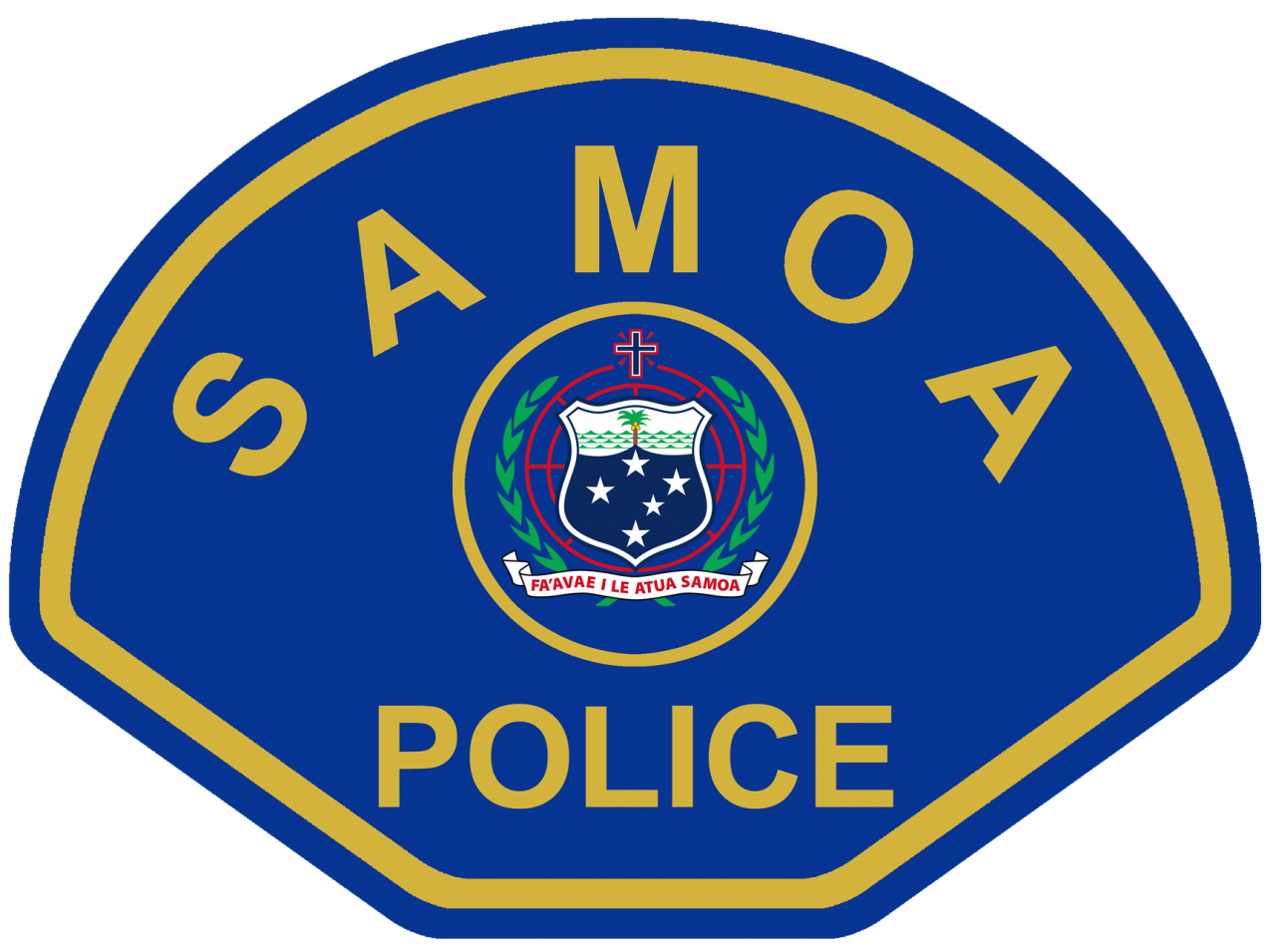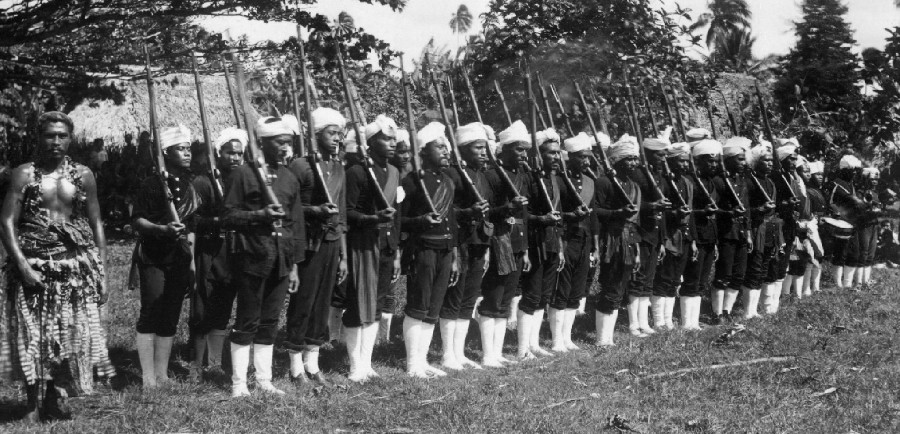1800s
Westernised Policing was first introduced to Samoa during the early 1800s. The Germans occupied Western Samoa. Law and order was carried out by the village council, the ALI’I (Samoan chiefly system and the FAIPULE Samoan native councilor heading a political district ).
1890s
In 1890 headquarters were built at the present site, along Beach Rd in Apia, where the double storey building is situated. In 1899 the Berlin treaty was agreed and implemented. Germany took control of what is now Samoa which was called Western Samoa. US took control of what is now called American Samoa. Strong British interest remained.
1910’s
As the start of World War I, in 1914, America, Great Britain and Germany left Western Samoa shores and Western Samoa was occupied by New Zealand.
In 1918, after the First World War, the New Zealand Army took operational control of the Police Force. To ensure stability, Western Samoa was under the political control of the United League of Nations (which later became the United Nations).
Western Samoa Constabulary was controlled by the New Zealand Governor and jointly headed by a New Zealand Army Colonel and a Samoa High Chief Mataafa Fiame.
1920s
Black Saturday, in 1929, was a turning point which affected all Samoans and political power. Critical to the event rifle and machine gun fire from New Zealand police cut down the independence movement (Mau) Leader Tupua Tamasese and nine others in the main street of Apia.
On the previous day, Samoa’s police chief, Arthur Braisby, had warned Mau march organisers that if wanted men were in the procession, they would be arrested. On Saturday, a brawl erupted on Beach Road near Police HQ. As a result fatal shots were fired directly into a Samoan crowd of stone-throwing Mau demonstrators.
A New Zealand Sergeant,Richard Waterson, set up a machine gun on the first floor of Police HQ and began firing. He was joined by three other policemen with rifles. Amidst all the gunfire, Tupua Tamasese ran through the ranks of the parade towards the front calling’ filemu, filemu’ (peace,peace). Dressed in a white jacket and white lavalava, holding both his arms high in the air, Tupua Tamasese walked into the open intersection calling out in Samoan and in English ‘Filemu Samoa, Peace Samoa’.
His pelvis and femur was shattered by a single fatal rifle shot. Mau members suffered mortal wounds as they tried to assist their fallen leader, as the shooting continued.
Tupua Tamasese through his martyrdom, became a hero of Samoan independence, which finally arrived on January 1 st, 1963. His dying plea was: ‘My blood has been split for Samoa. I am proud to give it. Do not dream of avenging it, it was spilt in maintaining peace. If I die, peace must be maintained at any price’.
1940s – 1950s
In the 1940s a New Zealander residing in Samoa became Head of Police of the Western Samoa Constabulary. In 1950, Superintendent J Corsten, established the WESTERN SAMOA CONSTABULARY and the WESTERN SAMOA POLICE FORCE.
In the 1950s there were very few crimes committed in Samoa. Murder as a crime happened many years apart. Most other matters in the Magistrates Court and usually suspects were either fined or given a probation term.
In 1952 the two Police Prisons were situated at Vaimea and Tafaigata and one was closed shortly after. The single Prison was not overcrowded because there were few offences being committed due to strong village curfews and deep religious beliefs. During the late 1950s, Police had control of the immigration queries such as plane inspection, clearance, passports issuing and visas. Liquor licenses although licenses were only issued to business people of which a clear majority were half castes but not to the locals.
Less crimes were committed also because the population was low, and there was good control and respect in all the villages who were generally controlled by the Alii and the Faipule.
Chinese immigrants were also closely monitored by Police. They had special roll calls and daily check where they reside.
In 1952, Superintendent Corsten, Head of the Western Samoa Police Force, appointed a local Samoan, Sonny Schuster, as a clerk. The Police Administration saw that the Samoans working in the Police Force lacked experience in many Police fields and needed improvement by giving them some further Police training.
In 1956 the first Samoan, Alfonso Philipp, was appointed COMMISSIONER.
Sonny Shuster at this time was transferred to be in charge of the Beat Section.
1970s – 2000s
In 1970, Commissioner of Police Alfonso Philipp retired and was replaced by a Samoan Lio Edmond Schmidt. In December, 1976, Sonny Schuster was appointed as Acting Commissioner of the Western Samoa Police Force and held the post for three months and was then displaced by a New Zealander officer. In July of 1978, Sonny Schuster was appointed the Commissioner of the Western Samoa Police Force and remained so until 1989.
A stable period followed. Several influential Commissioners were appointed and the Police Force moved to employ Samoans for a high percentage of positions.
2010s
The Police Force is now over 600 sworn and unsworn officers. The Police also has a Maritime Unit and Samoa Police has an influential role in South Pacific. The Samoan Police has an effective role in crime prevention and community engagement.
Egon Lincoln Keil has been the COMMISSIONER of POLICE since 2015.

